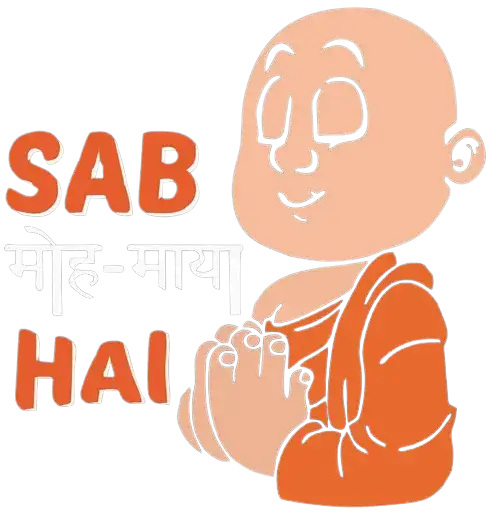1. The Mystical Tools of Maya
Avidya, or ignorance, is the foundational tool of Maya, obscuring the inherent unity and divine essence of the universe. It is this ignorance that fosters the illusion of duality, separating the individual soul (Atman) from the universal consciousness (Brahman).
Kama, translating to desire, is another potent instrument in Maya's arsenal. It is the relentless pursuit of pleasure and material gratification that ensnares souls in the endless cycle of birth, death, and rebirth (Samsara), diverting them from the quest for ultimate liberation (Moksha).
Karma represents the law of action and its inevitable consequence, intricately weaving the destiny of all beings. Through Maya, the actions performed under the influence of ignorance and desire bind the soul further into the material world, dictating the nature of one's existence and experiences.
Moha stands for the delusion or illusion of attachment, where the soul becomes entangled in transient worldly relationships and possessions. This tool of Maya clouds judgment and hinders the realization of the ephemeral nature of the material world.
Prakriti, or nature, is the physical manifestation of Maya, composed of the three gunas (qualities) - Sattva (purity), Rajas (activity), and Tamas (inertia). These qualities govern all creation, influencing the minds and actions of beings, leading them through the cycle of Samsara.
2. FAQs on the Mystical Tools of Maya
The ultimate goal is to achieve Moksha, or liberation, by piercing through the veil of Maya. This involves recognizing the illusory nature of the material world and identifying oneself with the eternal Atman, beyond the reach of Maya's tools.
Transcending Maya requires spiritual discipline and practice, including:
- Jnana Yoga: The path of knowledge and wisdom.
- Bhakti Yoga: The path of devotion and surrender to the divine.
- Karma Yoga: The path of selfless action.
- Raja Yoga: The path of meditation and control over the mind.
Maya is not considered evil but a necessary aspect of the cosmic order. It serves the dual purpose of concealing the ultimate reality and providing the conditions for the soul's evolution towards enlightenment.
3. Online Resources for Further Study
- The Bhagavad Gita: An essential scripture offering insight into overcoming Maya through spiritual wisdom and discipline.
- The Upanishads: Ancient texts that explore the concepts of Atman, Brahman, and the illusionary nature of the world.
- Advaita Vedanta Philosophy: Resources on the non-dualistic approach to Hinduism, which provides deep insights into the nature of Maya and the path to realizing one's true self.
4. Conclusion
The mystical tools of Maya, as presented in Hindu philosophy, serve as both a challenge and a guide for the spiritual aspirant. By understanding and navigating through the illusions of ignorance, desire, action, attachment, and the material nature, one embarks on a transformative journey towards self-realization and liberation. This exploration into the nature of reality and the self is not just a philosophical endeavor but a practical guide to living a life of deeper awareness and fulfillment, transcending the confines of Maya to touch the essence of the divine.

